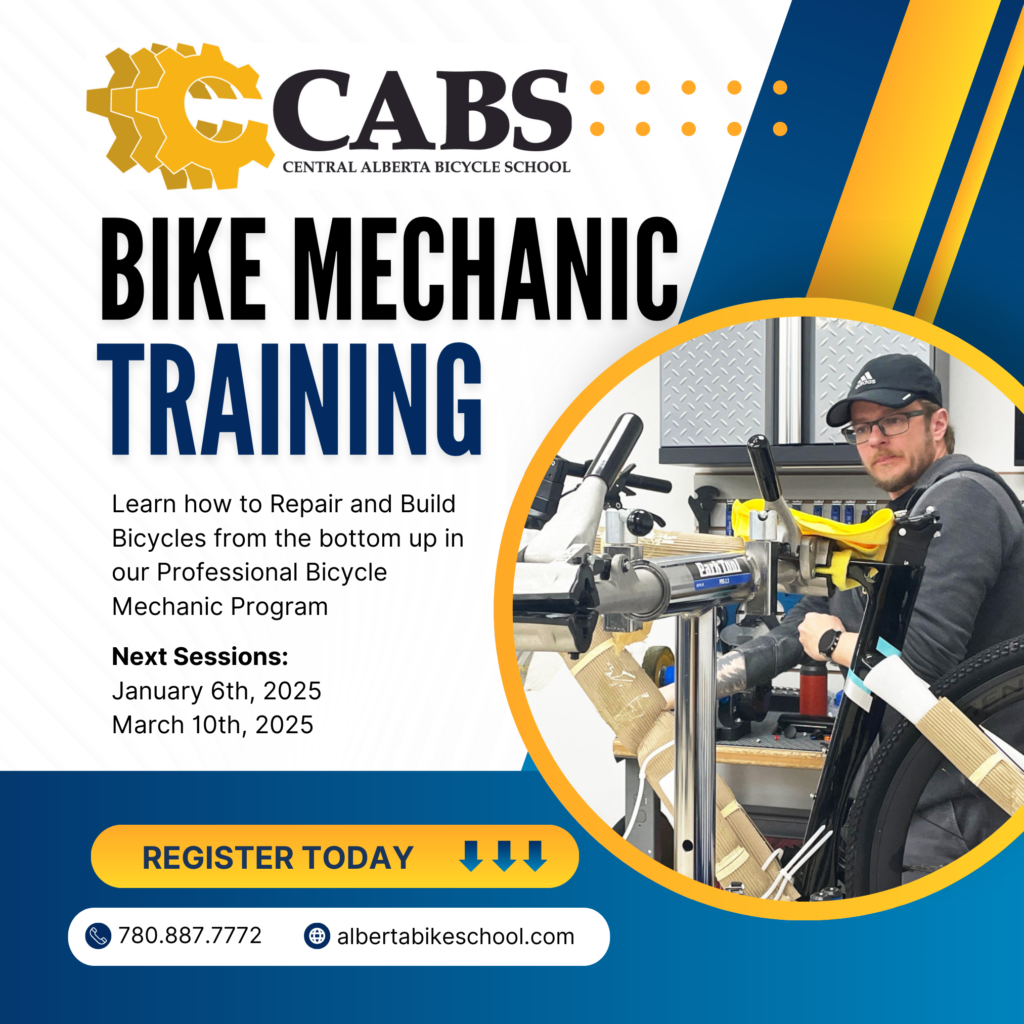
Riding a bicycle can be a risky endeavour, and long distance cycling tours add additional issues to the mix. Break-downs can not only thwart progress, it can actually cause injury and in certain conditions, worse. This is why the best emergency repair is preventive maintenance.
Keeping your bicycle properly tuned yearly is one step. Conducting a preventive maintenance inspection before you embark is the most important step in having a trouble free ride.
Components falling off is unfortunately and a common issue.
Failing components
The pedal falling off is one thing, a crank is a whole new injury causing failure. The key to your bicycle in not turning into a deathtrap is torque. Combining proper thread treatments with proper torque specifications is a must. Key areas to torque and inspect are:
- Pedals
- Cranks
- Stem – Handlebars
- Shifters and Levers
- Brake assembly – pivots bolts, calipers.
- Rear Derailleurs and dropout
Each one of these areas have minimum torque specifications and require thread treatment with Loctite (blue) or equivalent.
The Drivetrain system
Now consider your drivetrain system. How old is your chain? A very worn out chain will also destroy the cogs of your cassette and in severe cases the cogs on your chain rings. Chain ‘stretch’ or linkage wear can be measured using a simple tool called a “Chain Checker” Park Tool has their model CC 3.2 and SuperB has their model 1150. Others are also available. Park Tool checks for a wear factor of .5 – .75% whereby the SuperB measures .75%-1.0% wear. These tolerances are very much dependant on the number of speeds you are dealing with. With rear cassettes seven speeds and higher, a .75% wear indicates that the chain is beyond just a clean and oil and must be replaced. If a chain with this much wear continues to be used, the cogs of the cassette can distort. If a person were to only change out the chain after this distortion occurs, chain-cog-jumping will occur with a new chain. Therefore both chain and cassette must be replaced.
Bearings
Dry bearings will destroy wheel hubs. Cleaning, bearing replacement and lubricating with grease will prevent hub failure. This also applies to the bottom bracket and headsets. All these areas have bearings that need servicing.
Tires and Cables
Tire wear, improper inflation will in time give you that flat tire you so dread on the road. Corroded cables will reduce and in many cased prevent your brakes from functioning and your bicycle to stop shifting. New tires, tubes and cable replacements are recommended before those long tours.
With many bicycles these areas are the most neglected and if all these are addressed will in time cause you to stop on the busy highway and conduct an emergency road repair. Preventive maintenance is your first emergency repair.
From torque specifications to proper thread preparation. The CABS Emergency Road Repair workshop and other classes offered provide the detail needed to understand these issues and address them.
For more information visit the Central Alberta Bike School website.

